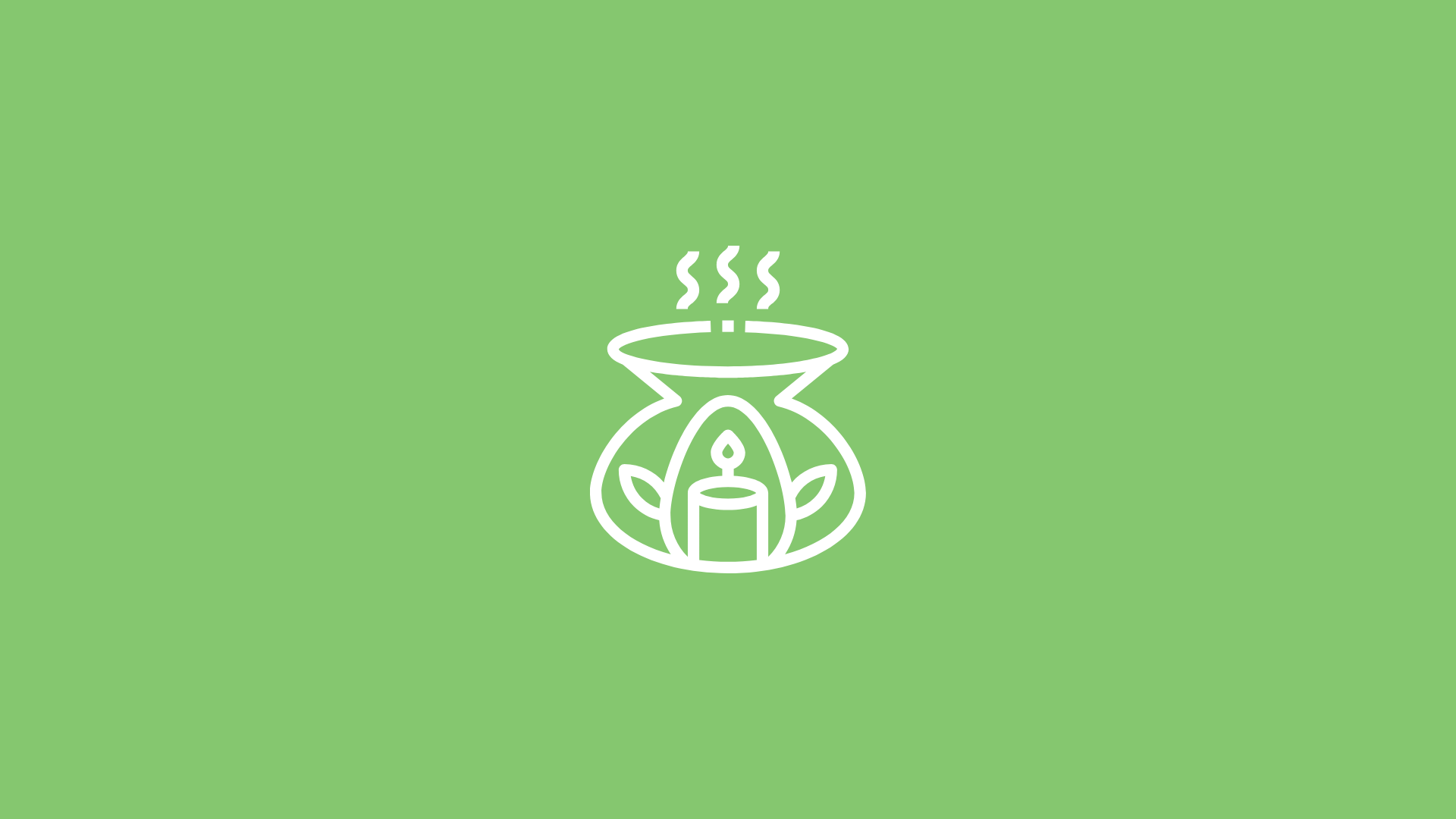Introduction to Aromatherapy
a part of the aromatherapy essentials SERIES

What is Aromatherapy?
Aromatherapy, or essential oil therapy, is a holistic healing treatment that uses natural plant extracts to promote health and well-being. It works through the sense of smell and skin absorption using products such as diffusers, aromatic spritzers, inhalers, bathing salts, body oils, creams, or lotions for massage or topical application, facial steamers, hot and cold compresses, and clay masks.
The practice of aromatherapy has been around for thousands of years, with its origins tracing back to ancient cultures in China, India, Egypt, and elsewhere. These cultures incorporated aromatic plant components in resins, balms, and oils for medical and religious purposes. The term “aromatherapy” was coined by a French perfumer and chemist René-Maurice Gattefossé, in a book he wrote on the topic published in 1937.
Aromatherapy may help manage pain, ease digestion, boost relaxation, improve mood, and relieve menstrual symptoms. Each essential oil used in aromatherapy has unique healing properties, uses, and effects. However, it’s important to note that “natural” products are also chemicals, and they can be hazardous if used in the wrong way. Therefore, it’s important to follow the advice of a trained professional when using essential oils.
History of Aromatherapy
The history of aromatherapy is as rich and complex as the fragrances it employs. It begins over 3500 years BC, with the use of aromatics for religious purposes, perfume, and medicine. Evidence of this can be found in ancient cultures such as India, Pakistan, Iran, China, and Ancient Egypt.
In the 5th century BCE, Hippocrates, often referred to as the “father of medicine,” was already treating patients with aromatic vapours. Fast-forward to the 13th century, during the Bubonic Plague that killed millions in Europe, aromatic plants were used as antiseptic protection against the Plague to stem infection and mask extremely unpleasant odours.
The term “aromatherapy” was coined in 1935 by René-Maurice Gattefossé, a French chemist. After an explosion in his laboratory left him with major burns, he treated them using lavender essential oil. This incident led him to found the French Society of Aromatic Products and publish around twenty works that are still considered references today.
In the 1950s, a military physician used essential oils to treat injured soldiers in Indochina¹. By 1975, Pierre Franchomme, a pharmacologist and aromatologist, brought about decisive progress by proposing that the concept of “chemotype”, the “plant’s true chemical ID card”, should be taken into account, listing the key aromatic compounds characterising each plant and how they affect its properties.
Today, aromatherapy is a widely accepted and practised branch of alternative medicine with a rich history and a promising future.
How Does Aromatherapy Work?
Aromatherapy works through two main routes: the sense of smell and skin absorption.
When essential oils are inhaled, the scent molecules travel from the olfactory nerves directly to the brain, especially impacting the amygdala, the emotional centre of the brain. This can trigger a variety of chemical responses in the body, including the release of certain hormones, relief from pain, and a variety of other physiological and psychological effects.
In terms of skin absorption, essential oils can be absorbed by the skin when they are applied topically in a diluted form. They can then enter the bloodstream and circulate throughout the body. This is often done through massage oils, creams, or lotions, but can also be achieved through products like bathing salts and clay masks.
It’s important to note that the quality of essential oils on the market varies greatly. Because there’s no regulation, the label may not even list everything in the bottle you’re buying. Therefore, it’s crucial to buy from a reputable producer and safely use the oils.
Read the next article in the Aromatherapy Essentials Series: About Essential Oils in Aromatherapy.
Read the next article in the Aromatherapy Essentials Series: About Essential Oils in Aromatherapy.
